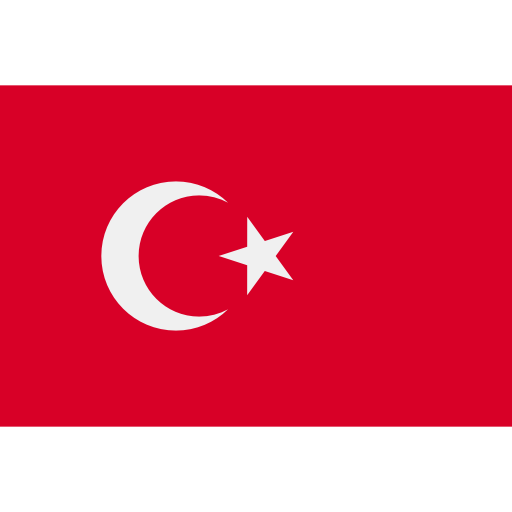What is Spinal Stenosis?
The diameter of the canal through which the spinal cord passes through the vertebrae differs in the waist, back, and neck regions. Spinal stenosis; It can be seen due to thickening of the ligaments with age, bone protrusions due to arthrosis, herniated disc, vertebral fractures, collapse of the vertebrae due to osteoporosis, tumors and postoperative complications. If the diameter of this canal is narrowed by 25%, it is called mild, if it is narrowed by 25-50%, it is called moderate, if it is narrowed more than 50%, it is called severe narrow canal. The spinal stenosis is most common between the L2-L5 vertebrae in the lumbar region and between the C4-C7 vertebrae in the neck.
Why does Spinal Stenosis Occur?
It occurs after the destruction of the factors that adversely affect the health of the spine over time. Among the main ones are; There are many reasons such as being overweight, individual not exercising, inactivity, smoking, working in heavy jobs, herniated disc, scoliosis and genetic factors.
What are the Symptoms of Spinal Stenosis?
The most prominent complaint in patients with stenosis is low back pain, numbness and weakness in the legs. Compared to other leg pains, the leg pain seen in patients with stenosis is usually felt in the whole leg, starting from the waist. Pain may increase with activities such as standing, walking, sitting, and squatting. Over time, the patient's walking distance becomes shorter and he begins to feel pain even while resting. In advanced cases, urinary incontinence and weakness in the leg muscles become evident.
How Is Spinal Stenosis Diagnosed?
After a detailed disease history and examination, the diagnosis can be made to a large extent. Plain X-ray, magnetic resonance imaging (MRI), Computed Tomography (CT) and anterior and posterior bending radiographs are used to confirm the diagnosis and plan the treatment. Depending on the patient, electrophysiological examinations may be required (EMG).
How Is Spinal Stenosis Treated?
The main thing is to decide on the treatment by evaluating the patient's complaints, physical examination and imaging together.
In the early stages, the first things to be applied in treatment are drug therapy, weight loss and appropriate exercises. Physical therapy applications are evaluated according to the condition of the pain. If success can not be achieved with non-surgical treatment methods and progressive loss of sensation and strength occurs, surgical treatment is considered.
The aim of spinal stenosis surgery is to remove the pressure on the spinal cord and nerves, and to fix the bone structures together to prevent any risk of slippage or abnormal movement between the vertebrae. The location of the narrow canal and how many levels of compression determine the type of surgery to be performed.
What is Post-Surgery Recovery Like?
Patients can walk without support the day after spinal stenosis surgery. Patients stay in the hospital for an average of two days following the surgery. It is recommended that patients use a brace for protection until bone fusion occurs at the levels where the screw is placed. This period is an average of 6 weeks. Patients do not need to rest during this period. However, it is necessary to avoid activities that will force the waist, such as bending the waist and carrying weights.
Related Articles on Spine Conditions
- Understanding Adolescent Idiopathic Scoliosis
- What to Do When Adolescent Scoliosis Is Detected? A Roadmap for Families and Patients
- Do Scoliosis Exercises Really Correct the Curvature?
- How Does Life Continue After Scoliosis Surgery?
- Spondylolysis in Young Patients: Symptoms, Diagnosis & Modern Treatment Options
- 7 Simple Daily Habits to Prevent Herniated Disc
- Vertebral Compression Fractures in the Elderly: When Is Surgery Necessary?
 Türkçe
Türkçe
 Arabic
Arabic



